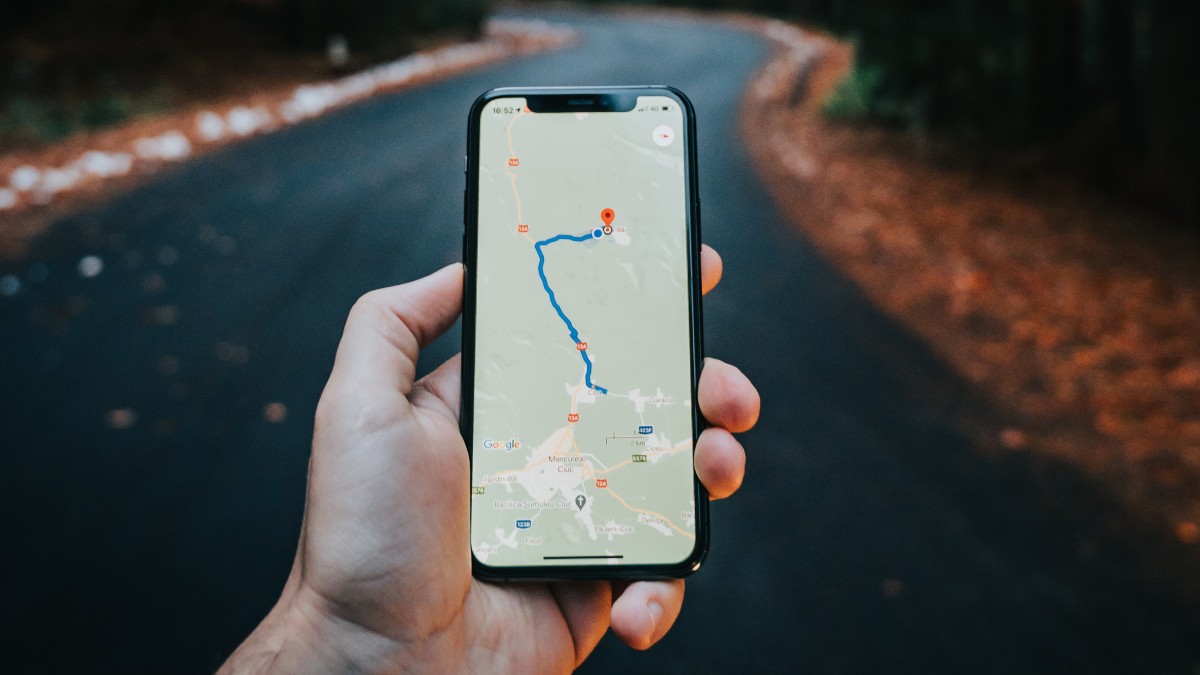Science & Tech
New Google Maps feature shows crowded transit lines

WHAT YOU NEED TO KNOW:
- Google announced several new and practical features for Google Maps.
- Google Maps now offers a special feature that will help commuters avoid crowded mass transit lines.
- It is now expanding its feature to 10,000 cities across 100 countries.
Tech giant Google has yet another breakthrough. In an attempt to promote transport efficiency to daily commuters, Google Maps now offers information on public transport crowding.
This means that there is an option available to see which transit lines are the most crowded at specific times, allowing passengers to avoid getting jammed for hours.
According to Google, the number of cities covered by this feature is constantly expanding to over 10,000 transit agencies in 100 countries. Google Maps is also being updated to offer more information about travel histories.
Launched in 2019, Google Maps said that data on crowdedness is generated from a mixture of historical location data, as well as self-reporting from its millions of users.
For data privacy, however, Google says it anonymizes the location history data used to protect its users.
This innovative run will also feature an option to see which cars on a specific train are the most crowded in some of the world’s busiest cities such as New York, USA, and Sydney, Australia.
In these cities, users will be able to see real-time how jampacked individual train carriages are. Google said that this granular feature works using data provided by transit agencies themselves. More cities headlining this feature will be revealed soon.
For Android users, Google is adding some more features to Maps’ timeline, which can be accessed at “Your Timeline” tab. Under “Insights,” trends will show the amount of time and distance a user has spent using various transport methods and places visited.
For those who are not comfortable sharing their personal data, an option is available to turn off the feature altogether.
Source: The Verge
